According to the Ho Chi Minh City Planning for the period 2021 - 2030 with a vision to 2050, Can Gio is one of the driving forces for development of Ho Chi Minh City.
It is expected that more than 20 billion USD in investment capital will be poured into Can Gio, turning this place into an attractive destination for investors willing to spend money on infrastructure, logistics, real estate... awakening the potential of "golden forests and silver seas" of Can Gio.
Super urban area reclaiming the sea costs nearly 9 billion USD
The Can Gio coastal tourism urban area was just started in Long Hoa commune and Can Thanh town on April 19. This 2,870-hectare project has a total investment of about VND282,800 billion, including functional areas such as smart urban areas, resorts, conferences, hotels, housing, high-tech services, etc.

Can Gio coastal urban area has started construction at 30/4 beach. (Photo: HL)
This is also the largest urban area in the South to date, with strategic significance for the economic development and urbanization of Ho Chi Minh City and the Southeast, contributing to expanding the land fund for development and forming a classy economic, service and coastal tourism center, raising the position of Ho Chi Minh City on the regional and international economic map.
The focal point of the project is the 7-hectare Blue Wave Theater, including the largest 5,000-seat theater complex in Southeast Asia; a 40-room conference area; a 45,000-square-meter exhibition area; a square with a capacity of up to 50,000 people... This will be a worthy destination for international-class cultural and entertainment events, from top-notch art to large-scale variety shows.
The project also has the world's largest artificial lake with 443 hectares; a 5-star international port capable of receiving luxury super yachts; a chain of high-end hotels; 2 golf courses. In particular, a 122-hectare entertainment-tourism complex, including Safari, a theme park modeled after Disneyland, Universal; an ice and snow playground...
Besides the tourism - entertainment - resort paradise, this sea-encroaching super urban area is oriented to become the economic and financial center of the region. Including the 108-storey tower - the new symbol of Vietnam, integrating multi-functions with commerce, high-class offices, and super luxury hotels.
There are also villas, luxury apartments, modern shopping centers, etc. This tourist urban area is expected to be completed after 2030. At that time, Can Gio will be able to welcome 8-9 million tourists each year.

Perspective of Can Gio coastal urban area with 108-storey tower - new symbol of Vietnam. (Source: Investor)
Mr. Duong Ngoc Hai, Permanent Vice Chairman of the Ho Chi Minh City People's Committee, affirmed that the city is entering a new development phase with strategic requirements on urban space, economic model, and quality of life. Can Gio is the only land bordering the sea, converging conditions to become a new development pole, both preserving nature and promoting the potential of tourism, services, logistics and marine economy.
Can Gio coastal urban area project is a key project of special importance to the future development of Ho Chi Minh City.
The Can Gio sea-encroaching megacity was planned with strategic advice from Boston Consulting Group (BCG), the world's leading management consulting group, following the world's most progressive urban model today - ESG (Environmental - Social - Governance), with the principle of harmony between people - nature - technology, sustainable development and maximum exploitation of natural ecological advantages. A wind power system 10 km offshore to provide clean electricity for the megacity, with the goal of developing an urban area using classified renewable energy.
Can Gio International Transit Port
The Can Gio international transit port project with a total investment of more than VND50,000 billion was approved by the Prime Minister on January 16, 2025, assigning Ho Chi Minh City to preside over and coordinate with ministries and branches to bid to select investors for implementation.
According to the plan, Can Gio international transit port has a scale of 571 hectares, with a total length of more than 7 km, capable of receiving container ships with a capacity of up to 250,000 DWT, proposed and implemented by MSC Group - the world's largest container shipping company.

Perspective of Can Gio international transit port, the project will become a key driving force for marine economic growth in Ho Chi Minh City. (Source: Portcoast)
Can Gio International Port is planned to be developed in 7 phases. Phase 1 is expected to start construction before 2027, with the goal of partial trial operation, creating a solid foundation for the next phases.
The final phase is expected to be completed in 2045, marking the full formation of a super port in the south of Ho Chi Minh City.
When put into stable operation, Can Gio International Port is expected to become a key driver of marine economic growth in Ho Chi Minh City and the Southern region. It is estimated that the port can generate revenue of VND 34,000 - 40,000 billion per year; create 6,000 - 8,000 direct jobs at the port, and tens of thousands of indirect job opportunities from the logistics - logistics - post-port service ecosystem.
Can Gio International Port owns a golden coastal location, is the southern gateway of Ho Chi Minh City, directly adjacent to important international shipping routes, is considered to create outstanding advantages in global connectivity. Ho Chi Minh City's goal is to turn Can Gio International Transit Port into an international transit center, attracting domestic and foreign shipping lines, transport companies, cargo owners, logistics enterprises, participating in the world transport supply chain.
Ho Chi Minh City - Can Gio Metro
The high-speed urban transport route connecting Can Gio with the center of Ho Chi Minh City, proposed by Vingroup, is 48.5km long. The route connecting District 7 to the Can Gio coastal tourist urban area, has a total investment of about 102,370 billion VND (more than 4 billion USD), invested by this group itself.

In Can Gio area, Can Gio Metro will follow Rung Sac road, the road through the green mangrove forest. (Photo: MQ)
According to the proposal, the starting point of Can Gio Metro is expected to be located on Nguyen Van Linh Avenue (District 7); the end point is located on a 39-hectare land plot adjacent to the Can Gio coastal urban tourism project (Long Hoa commune).
The project is designed as a double track, 1,435 mm gauge each, elevated, with a maximum speed of 250 km/h.
This metro line runs from Nguyen Van Linh Avenue (District 7) along Nguyen Luong Bang, over Rach Dia Bridge to Nha Be; over Soai Rap River, parallel to Ben Luc - Long Thanh Expressway, to the intersection with Rung Sac Street. Next, the line will turn right, follow Rung Sac Street to the end point at Long Hoa Commune depot.
When completed, Can Gio Metro will be able to carry 30,000 - 40,000 people per hour in each direction. Passing through lush mangrove forests, Can Gio Metro will not only connect the center of Ho Chi Minh City with Can Gio, but will also become one of the most beautiful urban railway lines in the country.
On the planned route, there will be a depot located in District 7 and a depot in Long Hoa commune.

Can Gio Metro also runs parallel to Ben Luc - Long Thanh Expressway. (Photo: MQ)
The investor has submitted an investment plan with preparation work starting in 2025, aiming to start construction in 2026, test operation, and handover in 2028.
On April 21, the People's Committee of Ho Chi Minh City submitted a document to the Prime Minister, proposing to agree on the policy of adding the metro line connecting Ho Chi Minh City - Can Gio to the list of projects attached to Resolution No. 188 of the National Assembly, to speed up the investment process. At the same time, the People's Committee of Ho Chi Minh City was assigned to coordinate with the Ministry of Construction to report and propose to the Government to approve adding the urban railway line connecting Ho Chi Minh City - Can Gio to the list of projects attached to Resolution No. 188 of the National Assembly.
Can Gio Bridge
Can Gio Bridge over Soai Rap River connecting Nha Be with Can Gio, with a length of more than 7 km, is also being prepared for investment, with a cost of more than 11,000 billion VND, and is expected to be completed before 2030.

Perspective of Can Gio bridge project. (Source: Ho Chi Minh City Department of Transport)
The project was sent to the City Appraisal Council by the Department of Transport of Ho Chi Minh City, the total length of the bridge is about 7 km. Of which, the Can Gio bridge is about 3.4 km long, the rest is the approach road.
Can Gio Bridge has its starting point on Highway 15B, about 500m north of Muong Ngang canal; its end point connects to Rung Sac road at Km2+100 (about 2.1km south of Binh Khanh ferry terminal).
The project has a scale of 6 lanes, a design speed of 60 km/h, built in the form of a cable-stayed bridge with a main span length of 350 m in the middle of the river, placed on two piers nearly 100 m high. When completed, Can Gio Bridge will become the largest cable-stayed bridge in Ho Chi Minh City.
The total preliminary investment is about 11,087 billion VND, using city budget capital and BOT capital.

Binh Khanh ferry is the only means of transport connecting the center of Ho Chi Minh City with Can Gio and vice versa. (Photo: H. L)
Can Gio Bridge will replace Binh Khanh ferry, breaking the current monopoly of the only coastal district in Ho Chi Minh City, shortening travel time and enhancing regional connectivity, increasing passenger and cargo traffic capacity, saving time and transportation costs.
The most important thing is to create development space and land fund, shift economic structure, and shorten the development gap and disparity in the region.
Source: https://vtcnews.vn/4-du-an-chuc-nghin-ty-danh-thuc-rung-vang-bien-bac-can-gio-ar939681.html


![[Photo] Prime Minister Pham Minh Chinh meets with South African President Matamela Cyril Ramaphosa](https://vphoto.vietnam.vn/thumb/1200x675/vietnam/resource/IMAGE/2025/10/23/1761226081024_dsc-9845-jpg.webp)

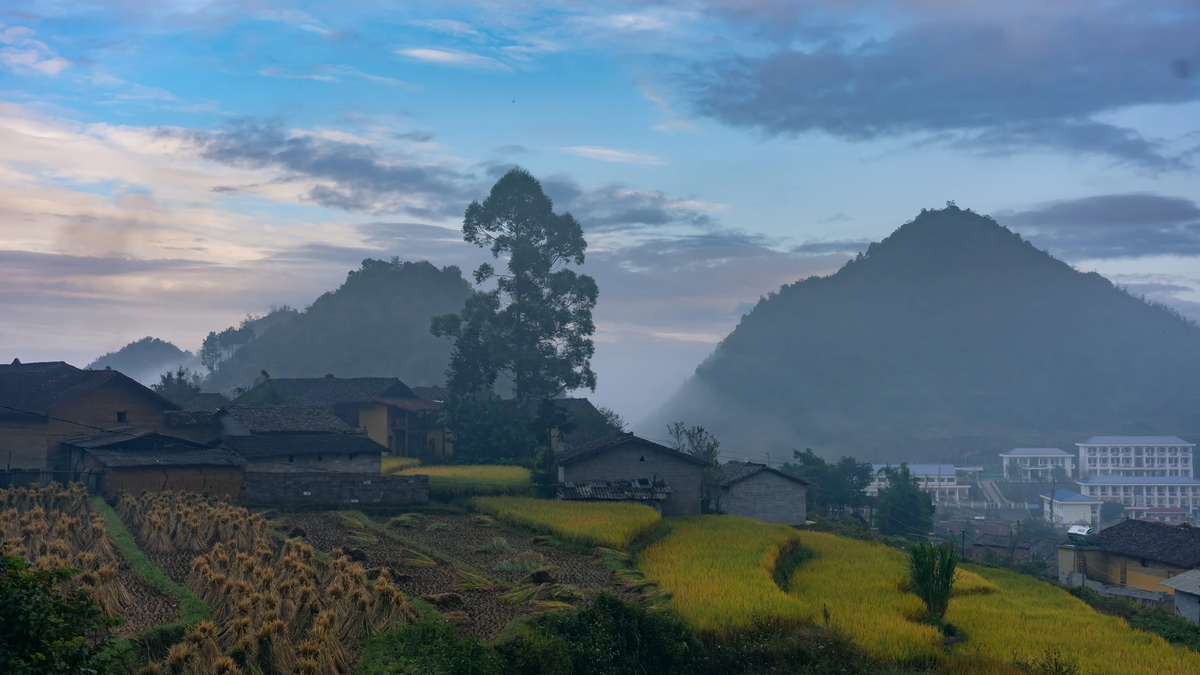

![[Photo] Prime Minister Pham Minh Chinh chairs meeting on railway projects](https://vphoto.vietnam.vn/thumb/1200x675/vietnam/resource/IMAGE/2025/10/23/1761206277171_dsc-9703-jpg.webp)
![[Photo] President Luong Cuong holds talks with South African President Matamela Cyril Ramaphosa](https://vphoto.vietnam.vn/thumb/1200x675/vietnam/resource/IMAGE/2025/10/23/1761221878741_ndo_br_1-8416-jpg.webp)


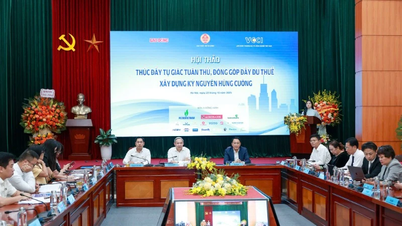

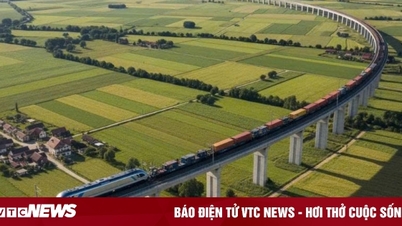
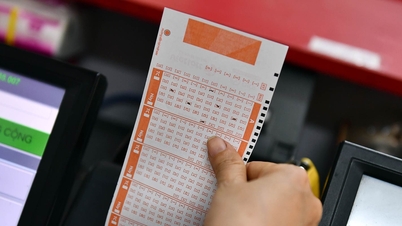







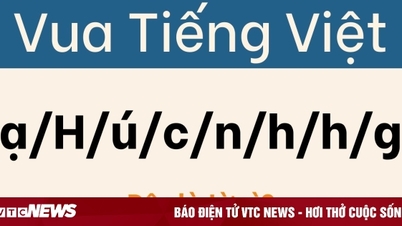
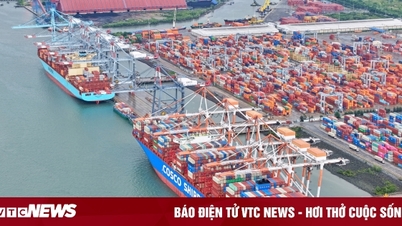
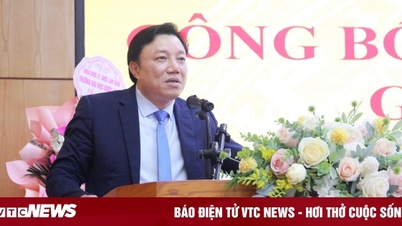

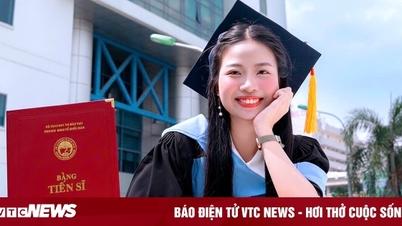
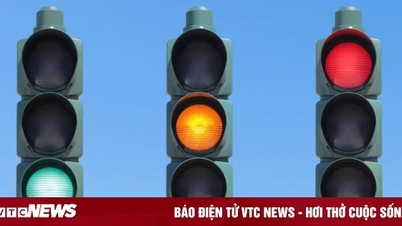
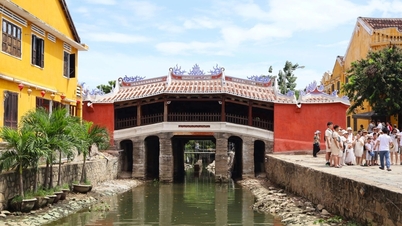


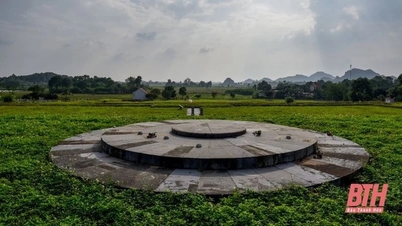

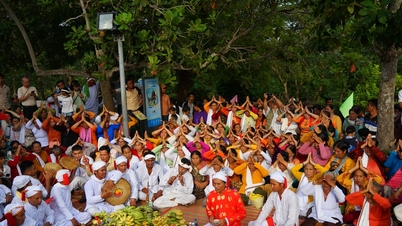

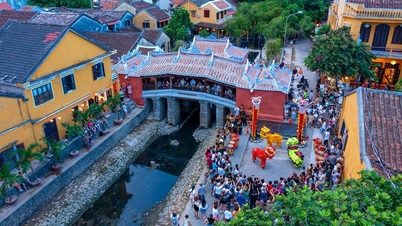

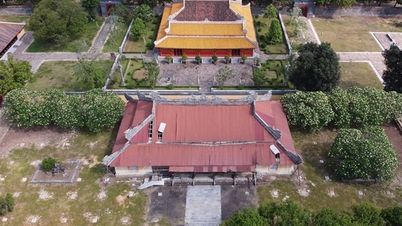
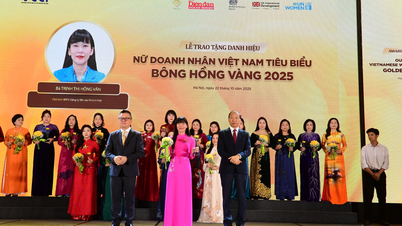

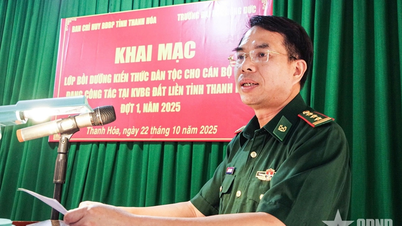





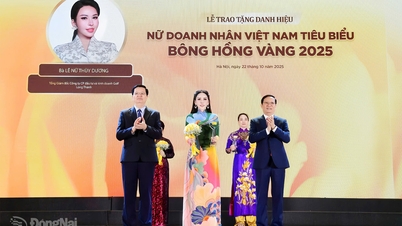


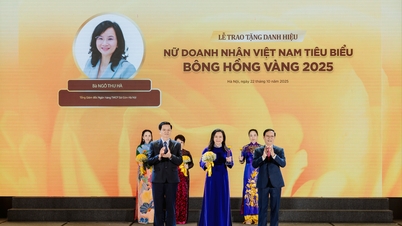




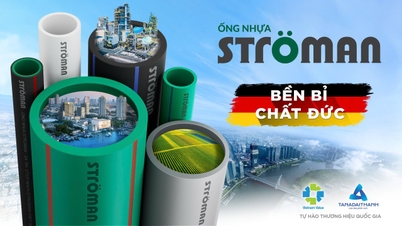

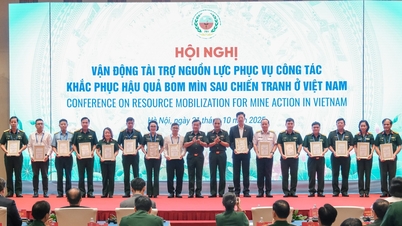






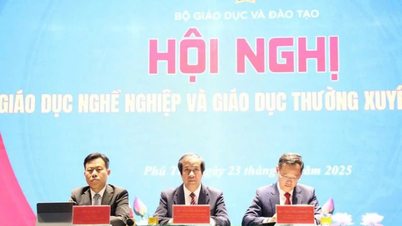
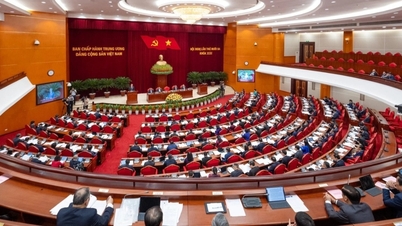


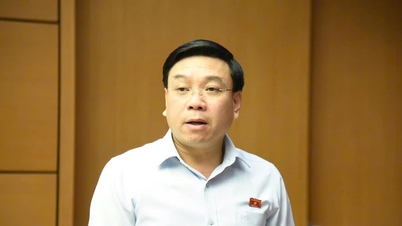


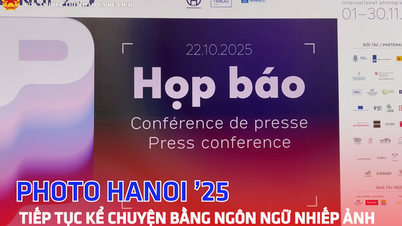

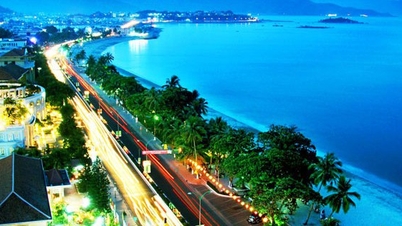
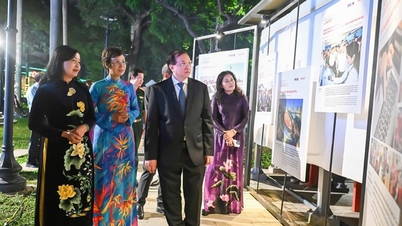
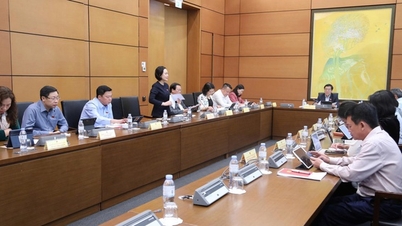
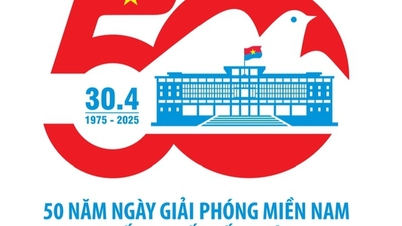
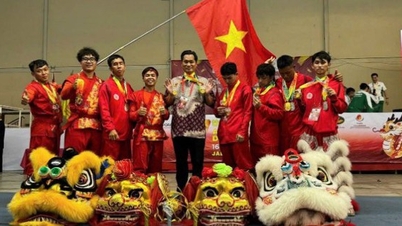
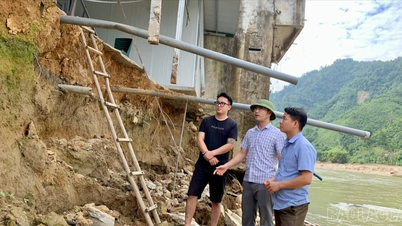





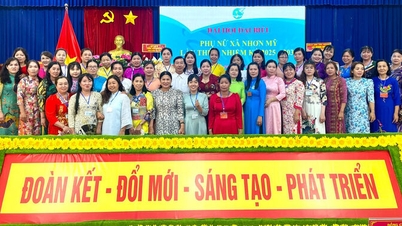


















Comment (0)